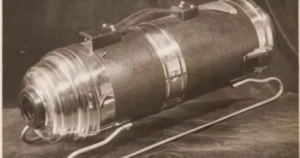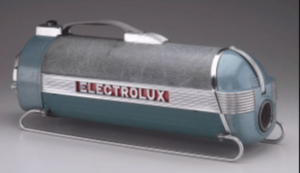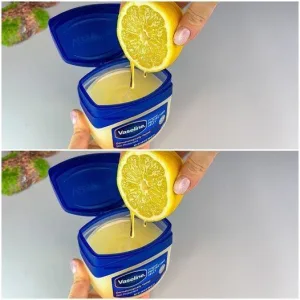The evolution of household cleaning tools, particularly the vacuum cleaner, showcases the remarkable journey of innovation and technology throughout history. Consider the Hercules vacuum cleaner from the 1930s – a far cry from today’s sleek and sophisticated models. In its time, the Hercules vacuum was not only practical but also a symbol of luxury, even during the challenging era of the Great Depression.
Venturing further into history, the broom, a staple in cleaning, underwent refinement in 1797 with the invention of the “broomcorn” by a Massachusetts farmer. However, the desire for more efficient cleaning methods persisted. In the 1860s, Daniel Hess created the first vacuum cleaner, employing an air draft to draw dust and particles through the device, though its effectiveness was limited.

Fast forward to 1869 when Ives McGaffey attempted a vacuum cleaner invention in Chicago. Unfortunately, his creation faced challenges in adoption due to its complexity compared to traditional brooms. It was James Murray Spangler, an Ohio janitor, who revolutionized the vacuum cleaner game. In 1907, he patented an upright, portable vacuum cleaner with a motor-driven brush and a ceiling fan motor. This design laid the foundation for modern vacuums.
Financial difficulties led Spangler to sell his company to his cousin Susan Hoover, giving rise to the Hoover vacuum cleaner. Hoover became synonymous with reliable household cleaning equipment, representing a significant leap in vacuum technology.

Reflecting on this journey, from the intriguing Hercules to the modern Hoover, underscores the impact of human ingenuity and technological advancement. Today’s vacuum cleaners effortlessly clean our homes, a testament to the continuous evolution of technology. Introduce the Hercules to the younger generation, and they might find it unfamiliar, emphasizing the incredible progress that this common household item has undergone. As we use contemporary vacuum cleaners, we are reminded of the transformative journey that has shaped our daily lives.





